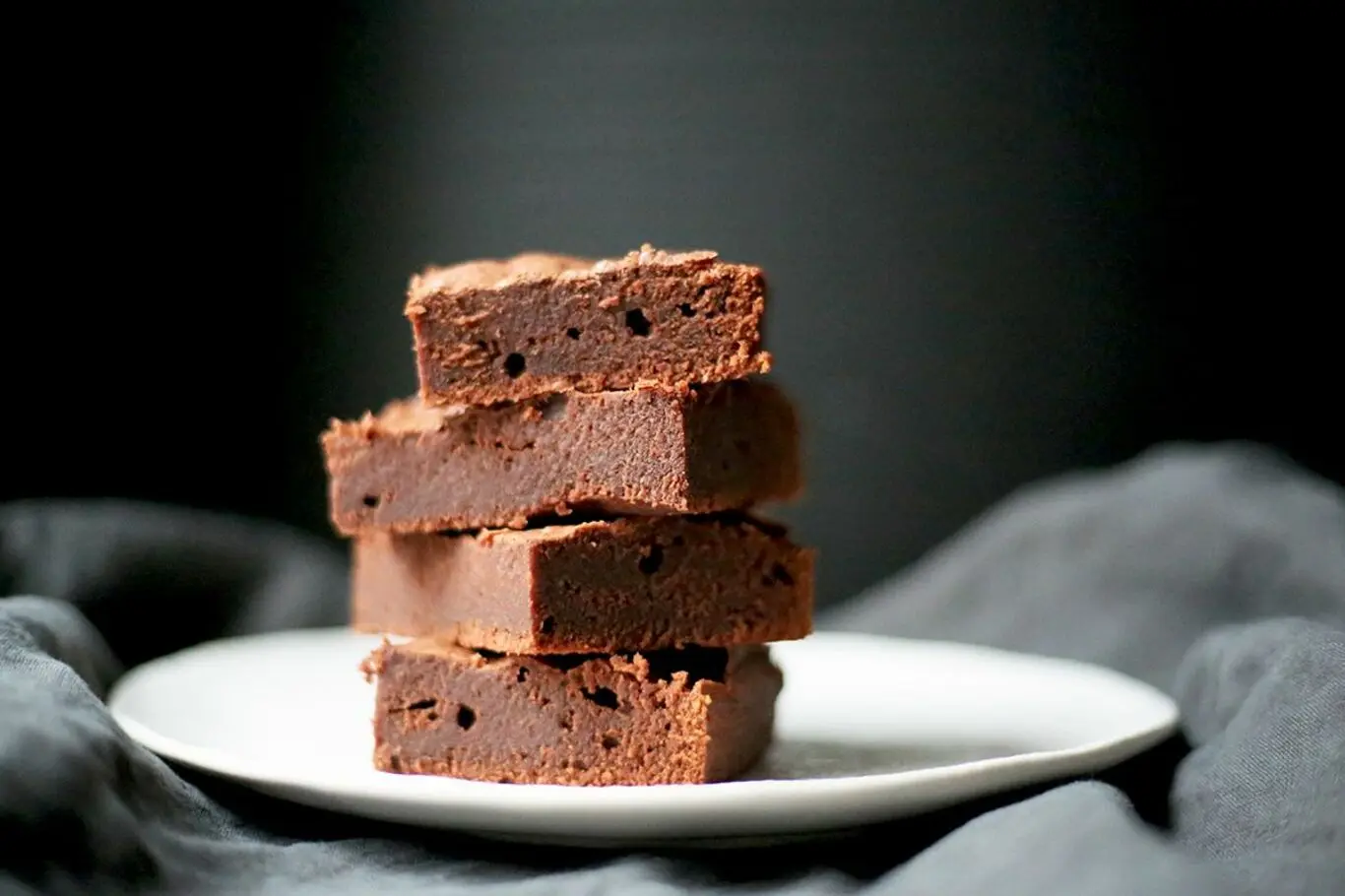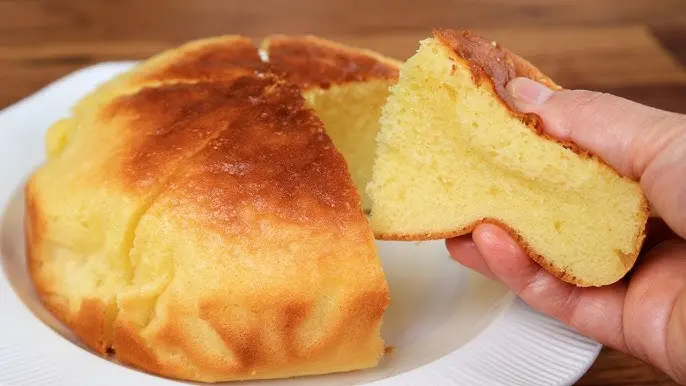Why your cocoa powder's fat percentage makes a difference
Choosing a product with 22 to 24% fat instead of standard powders that contain about half that amount will significantly influence the outcome of your recipe, whether you're using cocoa powder to enhance the flavor of your coffee or to elevate your peanut butter. You can verify this by checking the product label; premium powders should contain at least one gram of fat per five to six gram serving. The substantial fat content will give the cocoa a rich, dark brown hue when dry, which lightens when incorporated into a dish. More importantly, a higher cocoa butter content will lend your recipe a luxurious, flavorful chocolate taste with fewer bitter undertones.
Fat also plays a crucial role in the texture of your food. Lower fat content in cocoa powder means higher starch levels. Starch, being a complex carbohydrate, tends to absorb moisture, increasing the likelihood of dry, crumbly baked goods. Therefore, for a dish that maintains its moisture and offers a fudgier flavor, it's beneficial to seek out a high-quality cocoa powder that is rich in fat and low in starch.
Recommended

For Fudgier Brownies Reach For One Canned Ingredient

The Best Flour For Pie Crust Dough Comes Down To Protein

What Adding Milk Powder Can Do For Your Baked Goods

Border Vs Flood Icing: What's The Difference When Decorating Cookies?
Next up

